- Smart home compatibility
- Dual functionality
- Amazon Alexa integration
- Long battery life
- Affordable price tag
- Digital display
Bottom Line: Google Nest Protect Offers More Than Basic CO Protection
Nest was one of the first companies to combine a smoke alarm and carbon monoxide detection with smart tech. Because both hazards can be devastating, we like that you can get double the protection in one device. The addition of mobile alerts via the Nest app ensures you’ll get early warning of danger from carbon monoxide poisoning no matter where you are.
But you’ll pay for the Nest Protect’s extra protections—it starts around $120, which is a lot compared to a simpler carbon monoxide alarm that usually falls around $20.
Here Are the Top 6 Carbon Monoxide Detectors of 2019

Compare CO Detectors and Alarms
After hours of research and testing, we’ve found the best carbon monoxide detectors available. From basic battery operated to smart devices, you can find the top options here.
| List Price * |
| Smart Features |
| Digital Display |
| Smoke Sensor |
|
Best Overall
|
Best Voice Control
|
Best Value
|
Best 2-in-1
|
Easy Installation
|
Budget Pick
|
| Nest Protect | First Alert OneLink | Kidde Nighthawk | Arikon Smoke and CO Detector | Kidde Battery-Operated | First Alert C0400 |
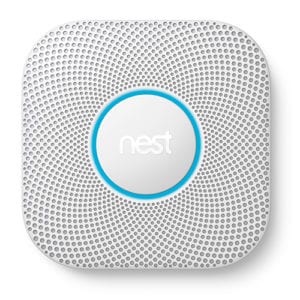 |
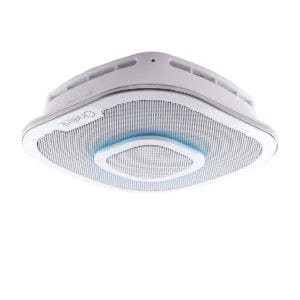 |
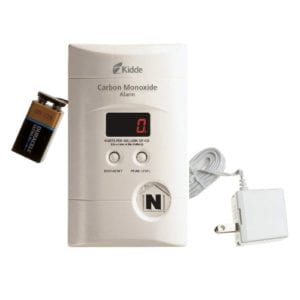 |
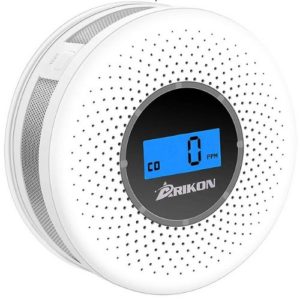 |
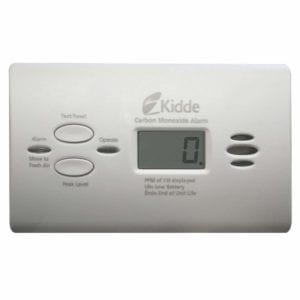 |
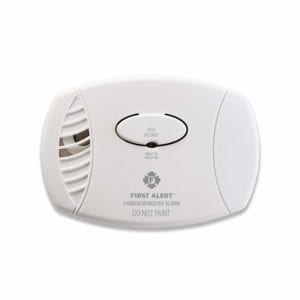 |
| $119.00 | $149.99 | $31.77 | $22.99 | $18.67 | $13.99 |
| Yes ✓ |
Yes ✓ |
No X |
No X |
No X |
No X |
| Yes ✓ |
No X |
Yes ✓ |
Yes ✓ |
Yes ✓ |
No X |
| Yes ✓ |
Yes ✓ |
No X |
Yes ✓ |
No X |
No X |
| View on Amazon | View on Amazon | View on Amazon | View on Amazon | View on Amazon | View on Amazon |
*Amazon.com prices as of 12/11/19 01:28 pm MST. See full disclaimer.
CO Detector and Alarm Reviews
Google Nest Protect: Best Overall Carbon Monoxide Detector
Nest Protect combines smoke and carbon monoxide detection and works with an app. When you download it, you can get alerts to your phone and even silence alarms if necessary. With state-of-the-art sensors for both fire and carbon monoxide, this alarm is one of the best for homeowners or renters.
You can’t change the batteries in this unit, so you’ll need to replace the whole thing once it expires. But at $120, Nest Protect is still a good value if it lasts for its full life expectancy of 10 years
Pros
- Works with other smart home devices
- Doubles as smoke detector
- Comes with battery or hardwire capabilities
- Features voice notifications
Cons
- When the battery dies, you'll need a new alarm
First Alert Onelink: Best Voice Control
This smart smoke and carbon monoxide detector can do a lot. Using your home’s wifi, the alarms can talk to one another and synchronize to alert you if there is a gas leak or fire. You can also control it from your Apple device through an app, so you can silence the alarm or get notifications on your phone.
Onelink doesn’t have a battery compartment that you can access, so when it dies you’ll need to get a new CO detector. With a price tag over $200, that steep replacement cost might be more than some want to pay.
Pros
- 10-year battery
- Mobile app
- Voice alarm
- Syncing system
- Built-in smoke alarm
Cons
- Big price tag
- When the battery dies, you'll need a new alarm
Kidde Nighthawk: Best Value
As the world’s largest fire safety product manufacturer, Kidde also produces high quality carbon monoxide detectors. While it’s not the cheapest option on our list, the Nighthawk packs in the most features for the best price.
With a digital display, you can read your home’s carbon monoxide levels easily. Plus, the device refreshes its data every 15 seconds so you’ll know if something isn’t right. If your device sounds, you’ll definitely hear it. This carbon monoxide alarm lets out an 85 db beep that’s as loud as a blender.
Pros
- Affordable price
- Digital display
- Positive customer reviews
- Backup battery
Cons
- Not compatible with home automation
- Hardwired only
Arikon Smoke and CO Detector: Best 2-in-1
The Arikon Smoke and Carbon Monoxide Sensor works twice as hard and looks good doing it. It uses photoelectric and electrochemical sensors to detect both smoke and carbon monoxide. This saves you the hassle of installing two devices.
Its 85-decibel siren and indicator lights are hard to ignore. The lights indicate when it senses danger and when the batteries are running low. It doesn’t hurt that they look cool too.
The only thing separating this Arikon Smoke and CO Detector from the big hitters like Nest Protect and OneLink is smart features. But this can be a plus if you’re more interested in basic protection. The basic features keep it affordable and easy to install anywhere in your home.
Pros
- Detects smoke and carbon monoxide
- Loud siren
- Indicator light
Cons
- No smart features
Kidde Battery-Operated: Easy Installation
Kidde’s battery-operated CO detector is equipped with an electrochemical sensor, which is the best way to detect CO in your home. The digital display makes it easy to monitor levels of carbon monoxide. Plus, an 85 dB alarm ensures you won’t miss an alert.
You’ll appreciate the simple setup and operation of this device. All you have to do is pop in some batteries and mount it on the wall. But simplicity comes with drawbacks—there’s no smart home compatibility in this detector.
Pros
- Digital display
- Frequent readings
- Easy installation
- Affordable price
Cons
- No home automation
First Alert CO400 Alarm: Best for Your Budget
This sweet little unit ensures that money stays in your pocket and your family stays safe—all while keeping safety on the down-low with its slim design. The First Alert CO400 Carbon Monoxide Detector doesn’t require an outlet, so it can be placed anywhere, which gives you a lot of options.
It’s nice that you can change the batteries in this CO alarm, but the battery compartment is difficult to get into. Our advice: take a few deep breaths before swapping out the batteries.
Pros
- Cheap price tag
- Dependable readings
- Basic design
Cons
- Tricky battery compartment
- No smart home features
Types of Carbon Monoxide Detectors
There are several types of carbon monoxide detectors available for purchase, some include multiple functions.
- Dual-function – sense different threats like CO, smoke, and fire.
- Digital – show you levels of carbon monoxide on a digital screen.
- Smart – run diagnostics and sync with home automation apps.
- Hardwired – wired into your home’s electrical grid, works unless the power goes out.
- Battery-operated – basic sensing and display, needs batteries to operate.
Carbon Monoxide Detectors FAQs
Check out our full frequently asked questions page to learn more about carbon monoxide detectors.
What are the symptoms of carbon monoxide poisoning?
CO poisoning creates flu-like symptoms like dizziness, nausea, vomiting, headaches, confusion, or fainting.
How common is CO poisoning?
Every year, 400 Americans die from accidental carbon monoxide poisoning and 20,000 are admitted to the emergency room.
Who is most susceptible to CO poisoning?
Everyone is susceptible to carbon monoxide poisoning, but children, older adults, people who are physically ill, and pets are more likely to be affected by CO.
What do I do I get CO poisoning?
If you’re at home, get out of the house and call 911. CO poisoning doesn’t always hit suddenly and doesn’t leave your system quickly, so it’s a good idea to seek medical attention as soon as you can.
What is a carbon monoxide detector?
Carbon monoxide detectors work like smoke detectors, but detect levels of carbon monoxide instead.
These are the most common sensors in CO detectors:
- Biomimetic detectors use color-changing gels that absorb carbon monoxide which triggers the alarm.
- Metal oxide semiconductors have silica chips that detect CO and send electrical signals to trigger an alarm.
- Electrochemical sensors use electrodes in chemical solutions that sense changes in electrical currents when carbon monoxide is present, and they sound an alarm.
Most professionally monitored security systems come with a CO detector. Check out our top security providers to see which home security systems include CO detectors with their monitoring plans.
Where should I install carbon monoxide detectors?
Put a carbon monoxide detector outside every separate sleeping area in your home, your kitchen, basement, and garage. We recommend finding an area far enough from the carbon monoxide source, but close enough to the areas you and your family normally occupy.
Check out our full guide on where to install your own carbon monoxide detectors.
How to Maintain a Carbon Monoxide Detector
Most carbon monoxide detectors last an average of five years. Although the product’s lifetime will vary depending on your make and model, you can still get the most out of your detector by wiping it down weekly to keep it clean from dust and debris.
Just like your smoke detectors, it’s a good idea to test your CO detector monthly. Start by pressing the “test” button to ensure the siren works. If your detector is older, you can purchase a carbon monoxide meter to find out if your detector is still fully functional. If the carbon monoxide sensor doesn’t go off when you test it, it’s probably time to buy a new one.
Know What Can Make Carbon Monoxide Gas

Carbon monoxide (CO) has been called the “silent and invisible killer” because it doesn’t have a smell, color, or taste. It’s one of the most prevalent causes of death due to poisoning in America. Any time you burn something—like gasoline, natural gas, wood, oil, propane, or charcoal—carbon monoxide is released into the air.
In outdoor spaces, this usually isn’t a health hazard because there is enough area for the CO to dissipate, so particles never amount to a toxic level. The danger comes when carbon monoxide is released in a contained area like your home, RV, or garage.
Anything that burns will create carbon monoxide. It’s not just your stove, fireplace, or grill either. Here are some of the things that can create carbon monoxide when turned on:
- Appliances
- Gas grills
- Gas stoves
- Gas or oil-burning furnaces
- Fuel-burning water heaters
- Non-electric space heaters
- Tools
- Snowblowers
- Lawnmowers
- Pressure washers
- Generators
- Non-electric cars, trucks, and boats
- Chain saws
Know What To Do and What Not To Do
Lighting a fire in your fireplace is okay if it’s properly ventilated. However, if you do the following, you could cause dangerous levels of carbon monoxide to build in your home.
Do
- Always vent gas appliances properly
- Get your chimney checked annually to ensure proper ventilation

Don’t
- Never burn gas grills inside your home
- Don’t use your gas stove/oven for heating
- Don’t leave the car running with the garage door closed
- Don’t patch or seal vent pipes with tape or unapproved products or carbon monoxide could leak into your home
- Don’t ever burn charcoal inside
- Never run a generator in your home or within 20 feet of your home’s doors, windows, and garage
- Don’t turn on your car if the tailpipe is blocked (by snow or anything else)
*Amazon.com list price as of 12/11/19 01:28 MST. Product prices and availability are accurate as of this date/time indicated and are subject to change. Any prices and availability information displayed on Amazon at the time of purchase will apply to the purchase of this product. Safewise.com utilizes paid Amazon links.
Certain content that appears on this site comes from Amazon. This content is provided “as is” and is subject to change or removal at any time.
The post The Best Carbon Monoxide (CO) Detectors of 2020 appeared first on SafeWise.
from Blog – SafeWise https://ift.tt/2Qj4IMW
via IFTTT
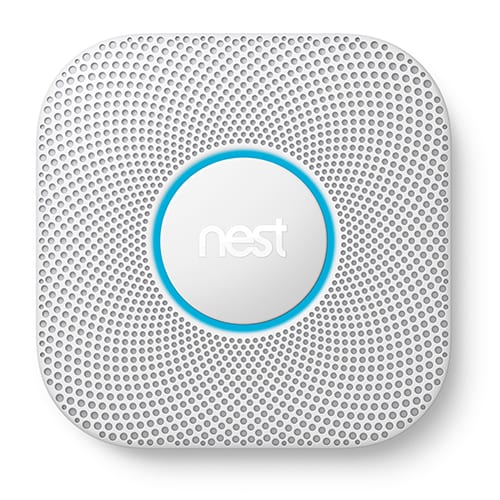
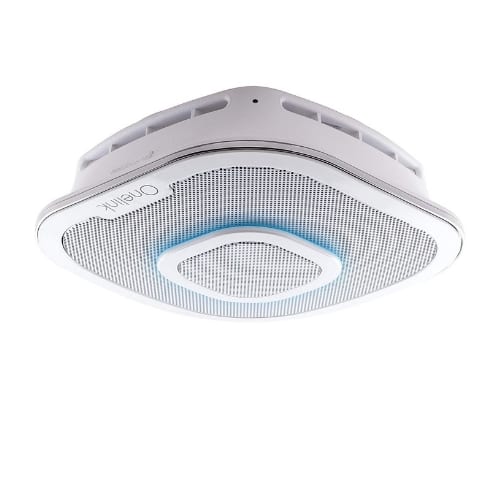
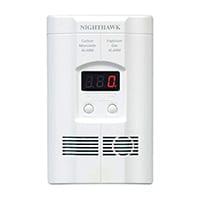
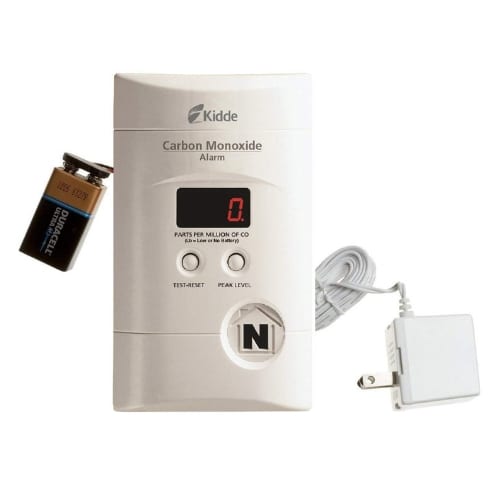

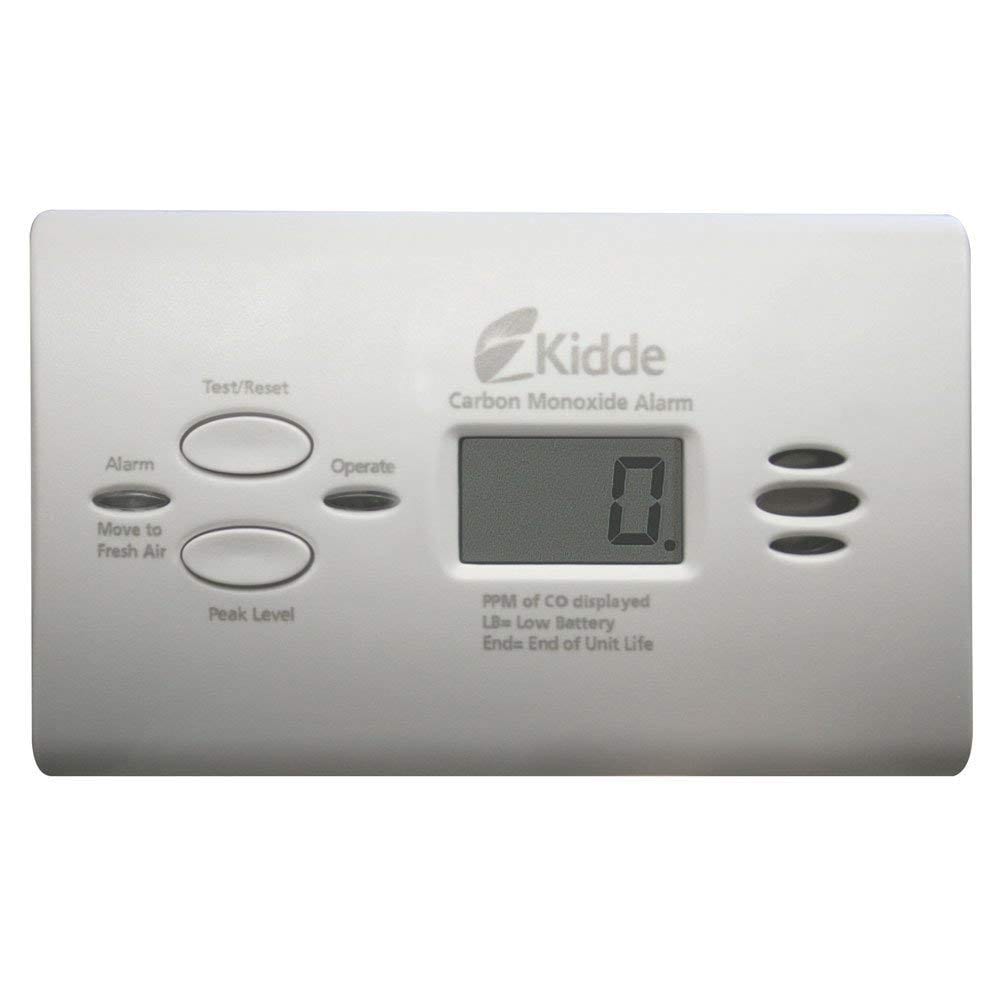
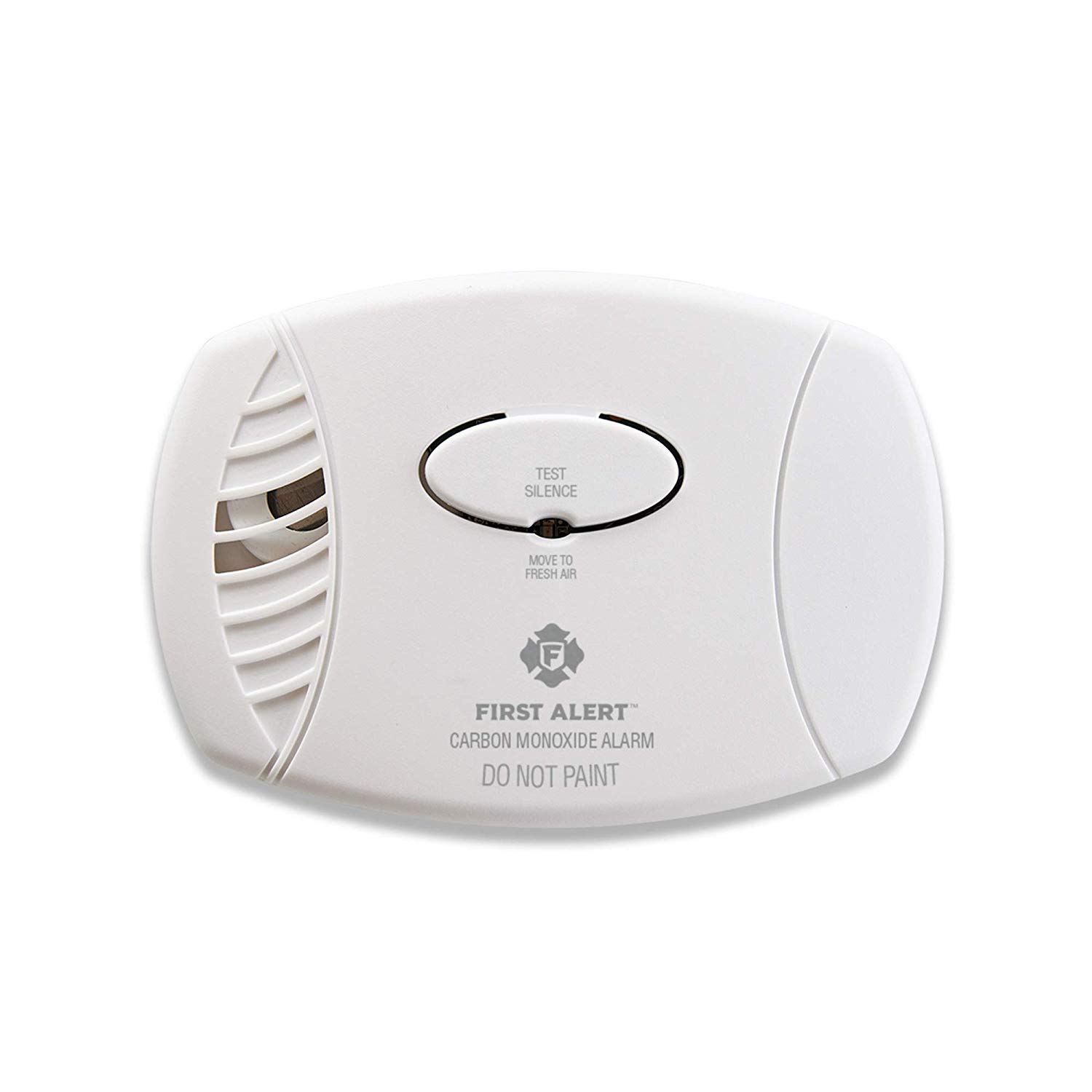
No comments:
Post a Comment